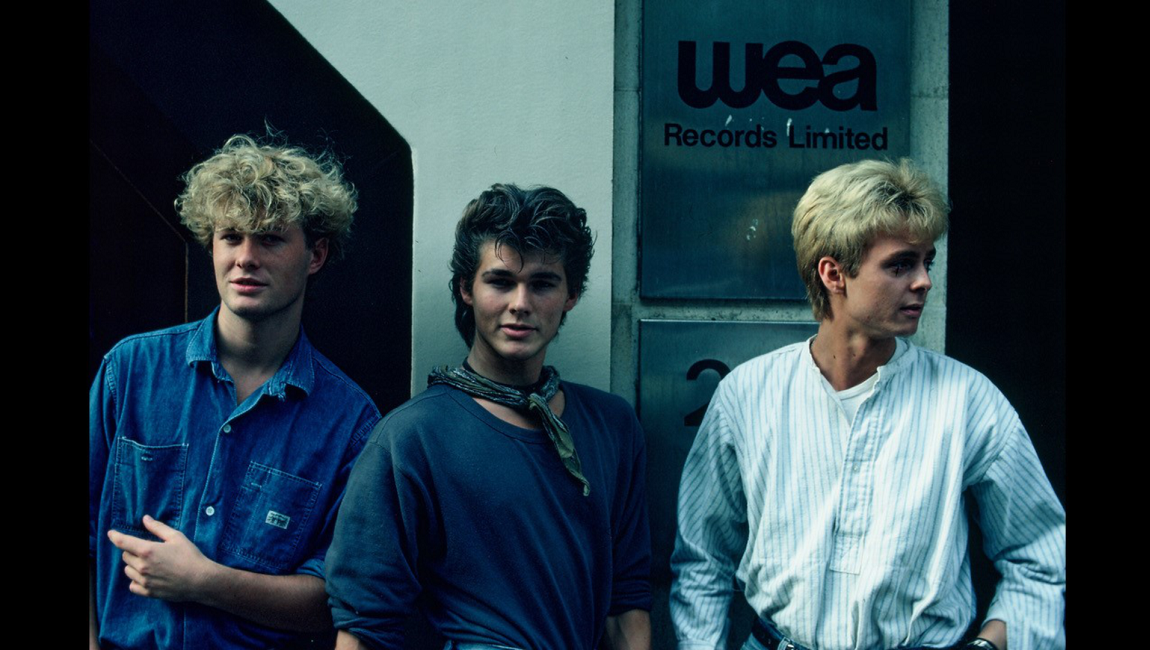Turning Red is another Pixar dud that trades in cheap cribbing at the expense of real originality.
Once an unimpeachable bastion of creativity and imagination, Pixar has long been riding a wave of goodwill despite a notably underwhelming product. After a remarkable late-’90s and aughts run that saw the production company one-upping itself with nearly each successive venture, the past decade has mostly evidenced creative bankruptcy, either via sequelitis (Monsters University, Finding Dory, Incredibles 2, Toy Story 4, and the giant middle finger that was not one but two Cars entries) or derivative and mostly uninspired animated rehash (The Good Dinosaur, Onward, Luca). Even the high points during this run — Coco, Soul — were qualified rather than bonafide successes, arguably inflated in esteem relative to the duds that cushioned their releases; Inside Out remains the one legitimate winner of this period, and even it pales next to any number of works from Pixar’s previous decade. Indeed, in something of a surprise inversion, it seems that Disney’s absorption of Pixar in 2006 did more to energize the Mouse House’s existing animation studio than it did to further aggrandize Pixar’s reputation; coming off its own ‘90s of animated juggernauts, Disney delivered an interminable aughts output during Pixar’s golden age (including brand-killers like Dinosaur, Atlantis: The Lost Empire, Treasure Planet, Brother Bear, Home on the Range, and Chicken Little in just a five-year span), before outclassing Pixar in the 2010s with Wreck-It-Ralph, Frozen, and Moana all proving more appealing than almost anything Pixar put out.
All of that is to say that Pixar has been running on fumes for a while, muscling out new flicks at a speedier pace than ever while hiding their creative deficiencies within a sheen of glossy, gorgeous animation and still-present technical proficiency. The hope, then, is that once enough time has been wasted on IP regurgitation, the artists who created Toy Story and WALL•E and the first 20 minutes of Up can run it back (though with Lightyear on the horizon, the tea leaves suggest a wait remains). Which brings us to Domee Shi’s Turning Red, the latest Pixar effort to stumble, and certainly the grandest disappointment among the many recent. The film continues the Disney umbrella’s penchant for globe-trotting and/or diversity-sourcing, though in a similarly token and facile fashion. Turning Red concerns the pubescent travails of one Meilin “Mei” Lee, a 13-year-old Chinese Canadian girl living in Toronto who wakes up one morning to find that she has begun transforming into a giant red panda whenever she becomes emotionally taxed (one of the only admirable moves in this, a children’s film, is explicitly offering this development as a metaphor for the onset of menstruation, but this is quickly set aside). Mei must contend with these changes alongside predictable narrative threads of parental expectations, forging one’s own identity, and the power of friendship in the face of adversity. (It also proves a surprisingly brutal treatise on the cycles of emotional violence parents inflict on children, but this too is mostly sidelined in favor of easy platitudes.) And then there’s a boy band’s tour that is essential to the plot, which is presumably the reason the film is set in 2002 and Mei’s crush is a white boy in a bucket hat.
So that’s all fairly standard emotional and thematic fare for an animated movie of this ilk, and as these things go, it’s generally the singularities that condemn or recommend something like this. To that point, there’s no denying a certain idiosyncratic texture — a ritual that Mei’s family conducts has them sounding like they fell straight out of Rosemary’s Baby; one of Mei’s friends looks like a lost Powerpuff girl, only egg-shaped and with a personality best described as coked-up — and it’s in these oddball details that the film finds most footing. But such eccentricities only provide momentary respite from what is an otherwise lazy affair that is merely appropriative and referential without doing much else. The animation style is an unthinking hodgepodge of comic book affectation and broadly “Asian” nods, its aesthetic design primarily cribbing from anime, but throwing in some Kaiju iconography for good measure. The skill still impresses, even as its conception is haphazard at best and borderline offensive at worst, but ultimately not much worth lineating given how derivative it all is. It’s but the latest in the tried-and-true animated film lineage of mythological and fairy tale shapeshifting narratives (and the second in a row for Pixar), another branch on the genre’s fabulism tree that brings little originality and imagination to its paint-by-numbers plotting. Mei even gets to articulate the film’s messaging in the closing moments, some real brain-melting stuff about “letting out your inner beast.” Turning Red is not only a disappointment in its own right, though, but is as blunt an expression of post-2009 Pixar’s worst tendencies as we’ve yet seen: uninspired, insipid, and increasingly reliant on winking referentialism to compensate for lacking originality. If this all seems harsh for what’s very palpably a children’s film — more so than most Pixar films even — it’s precisely this type of timeworn recycle that’s enough to turn even the most generous viewer red.
You can stream Domee Shi’s Turning Red on Disney+ beginning on March 11.







